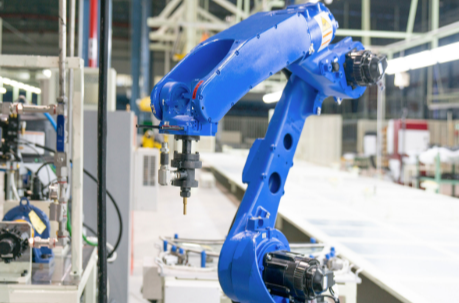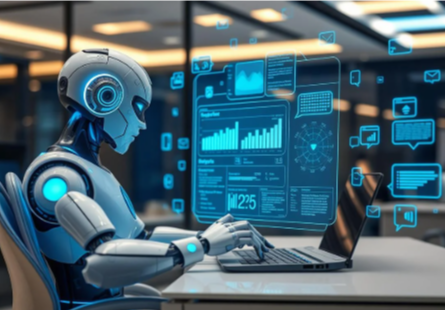How Robotics Are Changing the Manufacturing Industry

The manufacturing industry is undergoing a significant transformation due to the integration of robotics. Efficiency gains and cost reductions are evident as companies adopt advanced robotic systems. However, the shift raises concerns about workforce displacement and the necessity for reskilling initiatives. As automation technology progresses, the landscape of manufacturing will likely evolve further. Understanding these dynamics is crucial for stakeholders aiming to navigate the complexities of this new industrial paradigm.
The Rise of Robotics in Manufacturing
As industries increasingly seek efficiency and cost reduction, the adoption of robotics in manufacturing has surged dramatically.
Automation advancements have enabled companies to enhance productivity while reducing labor costs.
However, this shift necessitates workforce adaptation, as employees must acquire new skills to work alongside robotic systems.
The ongoing transformation reflects a broader trend toward integrating technology within traditional manufacturing environments, driving both innovation and challenges.
Read more: Exploring the Benefits of Smart Cities and Urban Tech
Benefits of Implementing Robotics
Implementing robotics in manufacturing offers numerous advantages that extend beyond mere cost savings.
Key benefits include significant cost reduction through minimized labor expenses and decreased error rates.
Furthermore, companies frequently experience productivity increases as robots enhance operational efficiency, enabling faster production cycles and consistent output quality.
These factors contribute to greater competitiveness in the market, empowering businesses to optimize their resources effectively.
Challenges Faced by the Industry
While the advantages of robotics in manufacturing are well-documented, the industry faces several significant challenges that can hinder successful implementation.
Workforce displacement remains a critical concern, as automation can lead to job losses and require substantial reskilling efforts.
Additionally, integration hurdles, such as compatibility with existing systems and the need for substantial capital investment, complicate the transition to robotic solutions in manufacturing environments.
Future Trends in Robotics and Manufacturing
What innovations lie ahead for robotics in the manufacturing sector?
The emergence of autonomous systems and collaborative robots is expected to redefine production processes. These technologies promise enhanced efficiency, reduced labor costs, and improved safety.
Data-driven insights indicate that integrating these advanced robots will foster greater flexibility and adaptability in manufacturing environments, ultimately empowering industries to respond swiftly to market demands and consumer preferences.
Conclusion
The integration of robotics in the manufacturing sector has markedly transformed operational dynamics, with studies indicating that companies implementing automation report productivity increases of up to 30%. While the benefits include enhanced efficiency and cost reduction, the challenges of workforce displacement and the necessity for reskilling cannot be overlooked. As the industry progresses, a balanced approach that embraces technological advancement while addressing human capital concerns will be crucial for fostering sustainable growth and innovation in manufacturing.



